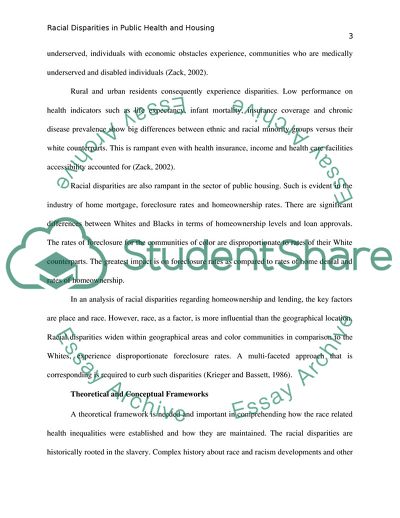Cite this document
(Racial Disparities in Public Health and Housing Research Paper, n.d.)
Racial Disparities in Public Health and Housing Research Paper. https://studentshare.org/social-science/1773357-racial-disparities-in-public-health-and-or-housing
Racial Disparities in Public Health and Housing Research Paper. https://studentshare.org/social-science/1773357-racial-disparities-in-public-health-and-or-housing
(Racial Disparities in Public Health and Housing Research Paper)
Racial Disparities in Public Health and Housing Research Paper. https://studentshare.org/social-science/1773357-racial-disparities-in-public-health-and-or-housing.
Racial Disparities in Public Health and Housing Research Paper. https://studentshare.org/social-science/1773357-racial-disparities-in-public-health-and-or-housing.
“Racial Disparities in Public Health and Housing Research Paper”. https://studentshare.org/social-science/1773357-racial-disparities-in-public-health-and-or-housing.


